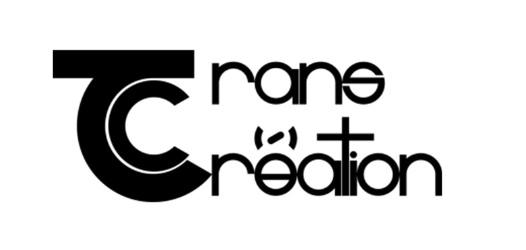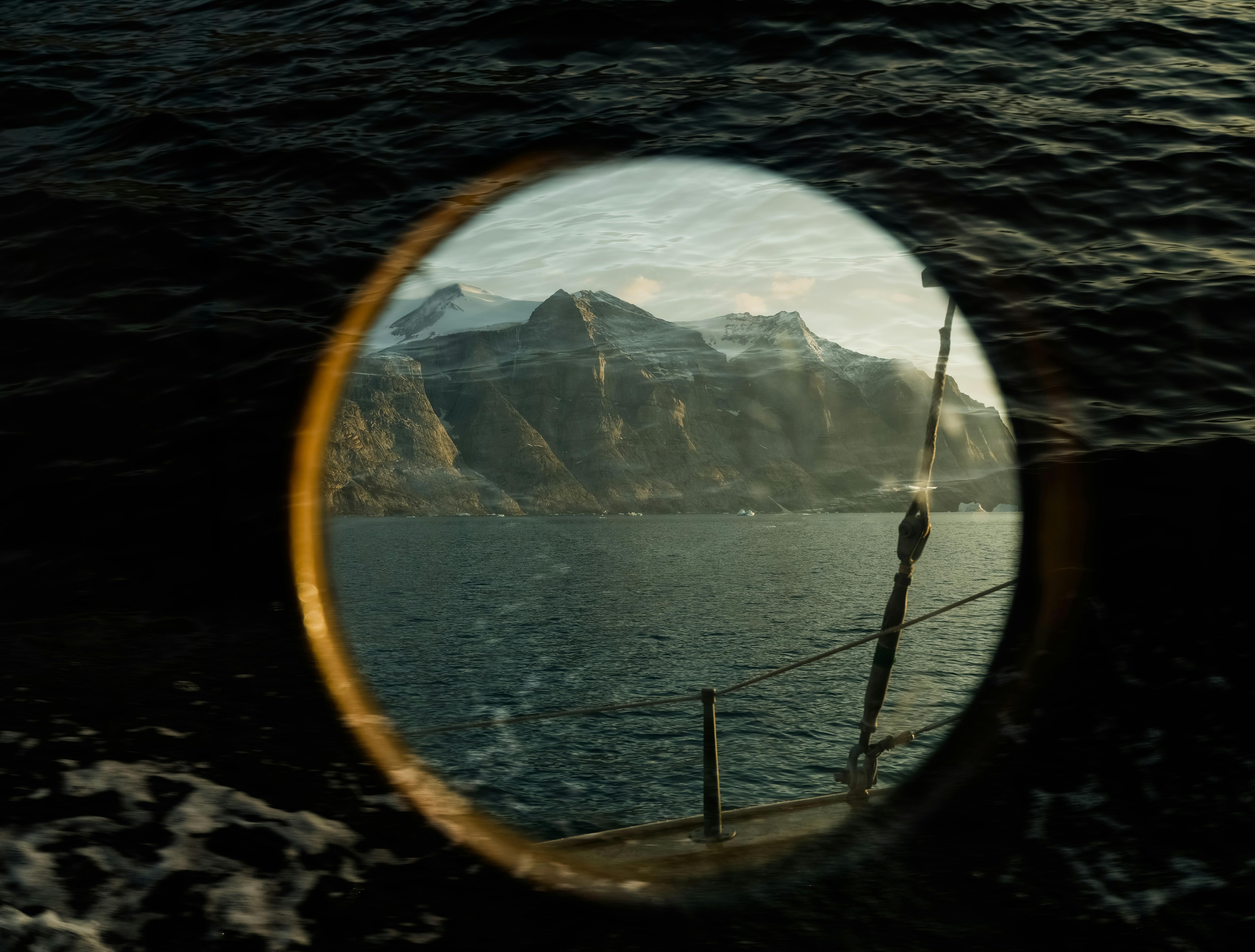CFP: Adapted Animation / Animated Adaptation (Transcr(é)ation, Spring/Summer 2025)
Adapted Animation / Animated Adaptation
Transcr(é)ation, Spring/Summer 2025
*Submissions welcome in English or French
Noticing a lack of interest in animated adaptations, Paul Wells offers to “acknowledge its ability to actually encompass the widest vocabulary of aesthetic and technical expression, and notionally its great capacity to accommodate the broadest range of literary suggestion” (1999, p. 200). Across the world, animation history has been paved with groundbreaking productions adapted from the traditional canons of world literature: Lotte Reiniger’s Adventures of Prince Achmed (1926) inspired by One Thousand and One Nights in Germany, Disney’s first fairy tale and nursery rhyme inspired short films and first feature films in the 1930s in America, The Snow Queen (Atanamov, 1957) inspired by the eponymous European tale in Russia, Panda and the Magic Serpent (Yabushita, 1958) inspired by the Chinese Legend of the White Snake in Asia, etc. Recent animated films produced by famous studios or directors also often result from an adaptive process. Frozen (Lee & Buck, 2013) is the most recent example for Disney, the American giant. Studio Ghibli, its Japanese counterpart, is also known for its adaptations of Japanese (Grave of the Fireflies [1988], The Tale of the Princess Kaguya [2013]) and English-speaking literature (Howl’s Moving Castle [2004], Tales from Earthsea [2016], Earwig and the Witch [2020]). DreamWorks Animation established new forms of parodied adaptations with its Shrek franchise (2001, 2004, 2007 and 2010), and adapted comics and children’s literature with Rise of the Guardians (Ramsay, 2012), The Bad Guys (Perifel, 2022), or its most recent Orion and the Dark (Charmatz, 2024).
In the French-speaking world, animation reinforced what Belgian scholar Michel Serceau calls the “dynamic relationship between literature and cinema” (in Dutel, 2020, p. 13) proving that translating literature into moving pictures is a process that goes beyond plain illustration. As a first example, Belgian studio Belvision, created by Journal de Tintin editor Raymond Leblanc in 1955, paved the way for adaptation franchises that are still active today. One might think of the “Tintin phenomenon”: adapted twice in 1969 and 1972, then as a 39-episode TV series (Bernasconi, 1992), and by Steven Spielberg in The Adventures of Tintin (2011), or Astérix and Obélix, first adapted in 2D feature films by their authors, René Goscinny and Albert Uderzo, with Astérix et Cléopâtre (1968) and Les Douze Travaux d’Astérix (1976), then in 3D with Astérix: Le Domaine des dieux (Clichy & Astier, 2014) and Astérix et le secret de la potion magique (Clichy & Astier, 2018). When considering independent films, examples are even more numerous. Czech animation director Karel Zeman drew his inspiration from Jules Verne’s novels and their illustrations when creating Invention for Destruction (1958). Also of note is La Planète fantastique by René Laloux (1973) adapted from Stéphan Wul’s novel Oms en série (1957). Finally, L’homme qui plantait des arbres (1987) in which Frédéric Back, from a subject that was mostly static and narrative, managed to extract movement and rhythm and inject the living heart with spirit (Vimenet, 2017, p. 81).
“Animation may be viewed as a film form which finally liberates text/screen debates from the preoccupation with issues about realism” (Wells, 1999, p. 200). Capable of generating the most creative universes and characters, although inspired by the reading of the source text (be it a novel, a fairy tale, a novella, a play or a comic), animated adaptation is doted with a language that engenders a unique kind of adaptation, as its qualities “are those which incorporate the hybridity, instability and mutability of theperception of textual allusion” (Wells, 1999, p. 201). A great range of “texts” naturally evoke animated images: Martine Chartrand directed MacPherson (2012) adapted from Félix Leclerc’s song (2022); Caroline Leaf adapted Franz Kafka’s novel in her film The Metamorphosis of Mr. Samsa (1977); Diane Obomsawin adapted her own comics, J’aime les filles (2016); and Lotte Reiniger drew her inspiration from opera and tales for the making of Papageno (1935). Concepts such as metamorphosis and appropriation rather than that of fidelity to the source text can hence be linked to different levels of adaptation: films can be strictly or loosely adapted from or even “inspired” by (Baby, 1980) their literary sources. For instance, whereas Disney’s Snow White and the Seven Dwarfs (Hand, 1937) both transcribes and transforms the initial tale by the Brothers Grimm (see Brunette, 2020 [1980]), some other films like Red Hot Riding Hood (Avery, 1943) transgress and subvert their source (Floquet, 2020). As animation scholar Giannalberto Bendazzi put it: “In a way, every adaptation is a parody, or a re-stylization, like in painting, every painting is a stylization or a caricature” (in Rall, 2020, p. 17).
In this dossier, we would like to investigate the relation created between animated adaptations and their source texts, highlight the advantages and risks of such adaptations while embracing their technical and stylistic variety, and facilitate an intermedial discussion on adaptation.
Please find below a proposed blueprint for reflexion:
- Intermedial challenges (text, graphic novel or drama / animation)
- Risks and advantages of animation techniques (2D, 3D, stop-motion, etc.)
- Risks and advantages of adaptation in animation
- Studies dedicated to soundtrack/music, narratology, actors and actresses
- Comparative studies (studios, authors or animators prone to adapting)
- Case study on sequels/prequels or constellations of adaptations of the same book or book series
- Risks and advantages of transcultural adaptation
We also accept interviews with authors and directors connected with the subject.
Timeline
Deadline for submitting your proposal (including title, 250-300 word summary, address, affiliation and author’s biobibliography (approx. 150 words) both in English and French): August 1st, 2024 to: transcreation.journal@gmail.com (All submissions will be evaluated and you will receive an answer before the end of August)
Deadline for submitting accepted articles (6,000 – 8,000 words maximum) following the journal’s guidelines: October 30th, 2024.
Publication of the first volume planned for March 2025 (Vol. 6 No. 1; dir. J. Harbour, M. Pascal); and of the second volume for June 2025 (Vol. 6 No. 2; dir. A. Louckx).


